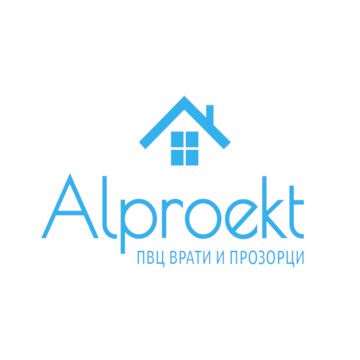Sun Protection Glass
Sun protection glass is used for both single and double glazing units. When integrated into the double glazing unit, it is mounted on the outside. This glass limits the entry of shortwave solar radiation into the room, thus reducing the total heat load. A special coating and a layer of metal oxides applied to the surface allow this type of glass to reflect up to 2/3 of the heat of the solar spectrum, leaving the room cool. Despite the limitation of penetrating heat, the sun protection glass provides good natural light, transmitting 60 - 70% of light and only 30-35% of infrared rays.
Fireproof end Anti-burglary Glasses
Laminated glass (triplex) is obtained by glueing two or more layers of float glass with PVB resin or foil. The PVB resin layer gives the triplex higher resistance, improving sound insulation properties and also brakes over 90% of the transmitted ultraviolet light. This type of glass is widely used in the glazing of balconies, glass roofs, glazing of buildings located in noisy areas and other.
Tempered glass
Tempered glass is glass that has undergone a thermal tempering process, which increases its mechanical strength of impact and pressure. The fully tempered glass is 4 to 5 times stronger than non-tempered glass of the same thickness. In the event of a strong or sharp impact, the tempered glass breaks down into small safe particles without sharp edges, which significantly reduces the likelihood of injury. This property of tempered glass makes them safer and therefore they are widely used in public buildings glazings. Tempered glass is easily recognizable when viewed at an angle, where you can clearly see spots with shades of various colours.

